A foreigner’s guide to travel effectively around Korea
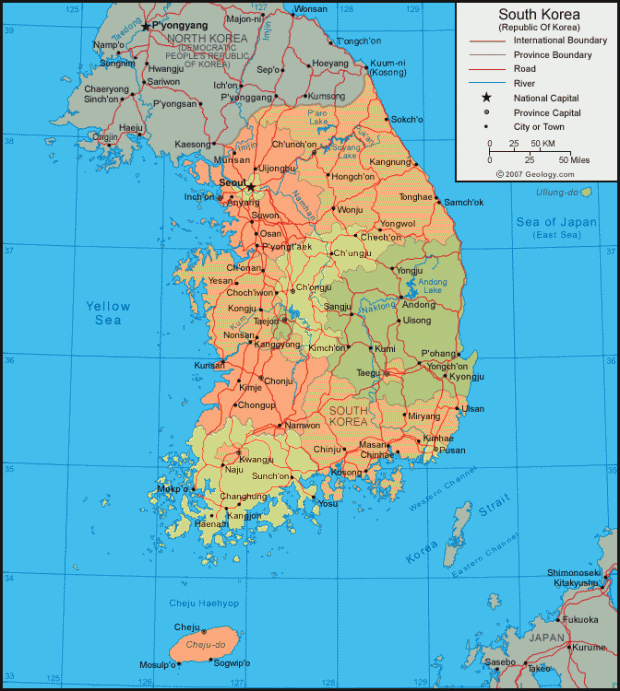
Korea’s public transportation system is a dream come true with everything reasonably priced while taking you around the country easily without having to worry about driving. Getting around Korea is relatively easy and inexpensive. You have a choice of travel either by bus, train, or subway. If you opt for the bus, bear in mind that English may not be spoken in some of the bus terminals and no English may even be written (not even on your bus ticket). It can be tough for one to navigate Korea by bus. All transport works on the Korean palli palli (hurry hurry) system, so buses and trains almost always leave and arrive on time. Most developing cities have a bus lane. Buses and taxis tend to be driven fast with little regard to road rules. It’s always a good idea to have the place you are staying at in Hangul handy in case you get lost. By showing the address in Hangul to a taxi driver, they can punch the address into a GPS. Most taxi drivers do not speak English well enough to take you to where you want to go. In the worst case scenario, one can dial 1330 from any phone to speak to an English speaking operator for help. The official site for Korea Tourism is Korea Tourist Information
Getting Around
Trains (korail and KTX)
Trains can also be a convenient way to travel as you can use the bathroom and buy refreshments on the train while it is still moving.

The train map can be found by going to Trains are clean, comfortable and punctual. Every station has a sign in Korean and English. If you planning on traveling on a Korean holiday or a weekend, it is advised to book it in advance or you could be standing for hours. The trains are also very packed going into Seoul in the mornings with the work crowd. Also advisable to book well in advance.
The KTX (Korea Train Express) is Korea’s bullet train, originally introduced in 2004 were
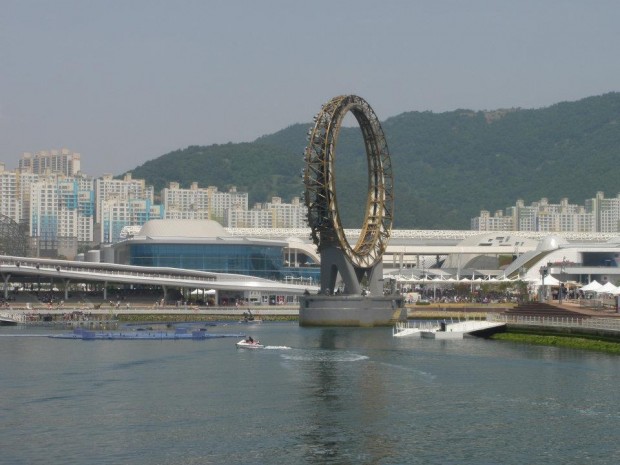
state of the art, are now going down hill in term of comfort. The new Noorio commuter train allows more leg room and comfort for much cheaper but not nearly as fast. The KTX can travel at over 300km/h. Most of the non KTX trains have a cafe where you not only can buy drinks and snacks but you can also surf the internet, play computer games, and sing karaoke. The staff on the KTX come to you to sell the beverages and snacks. Korail tickets and info can be found at korail
Subway
The latest subway map can be found at Seoul Subway Map. The subway is another very convenient way to travel in and around Seoul with everything being in English.
Buses (express)
Buses don’t have toilets on board, but on long journeys, they stop at rest areas for a 15 to 10 minute break at a rest area every few hours. These rest areas have places where you can buy snacks and drinks. Some even have a fast food restaurant.
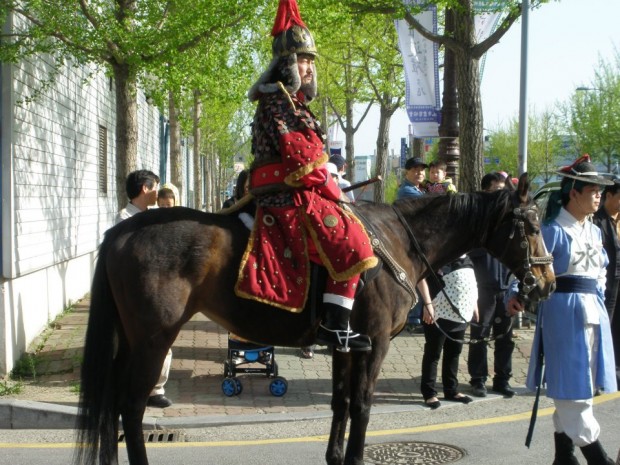
Express buses link major cities, while intercity buses stop more often and serve smaller cities and towns. Some larger cities have an express bus terminal an intercity bus terminal. The highways have a bus lane so trying to drive in Korea can be a waste of time. Buses almost always leave on and arrive on time.
Expect to pay around W4000 for an hour-long journey on a standard bus.
Buses are so frequent that it’s not necessary to buy a ticket in advance except perhaps on holidays and weekends. You can buy the ticket in advance at the bus terminal. I find it helpful to bring a calendar with me to show the attendant which day I want to travel.
For the express bus schedule in real time in English go to Express Bus
Buses (local)
Local city buses provide a frequent and inexpensive service (around W850 a trip,depending on how far you travel). In rural areas of Korea, they may run on an hour and a half basis, or more. Best to try to get the schedule from a Korean in the area who speak English and knows the buses well. Put the fare in the glass box next to the driver, then tell the bus driver where you are going in Korean so you get the correct fare. By having plenty of W1000 notes available you won’t run into problems with getting change back as they usually do not have much change. Best to buy a t-money card from any convenience store and put money on it at any subway station. Swipe the card when you enter the bus and as you exit. You enter the bus through the front and exit in the back.
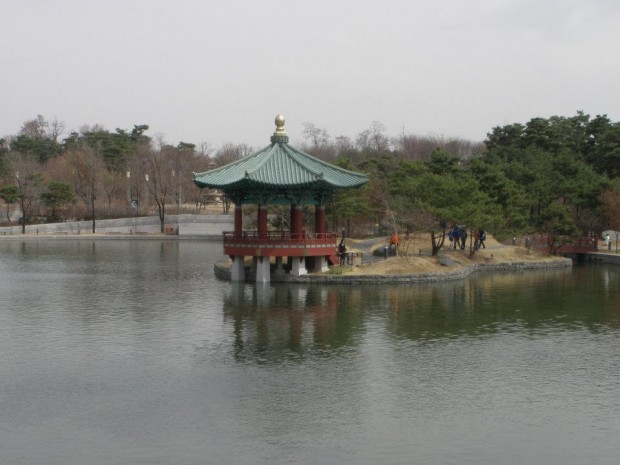
The main problem with local buses is finding and getting on the right bus. Bus timetables, bus-stop names and destination signs on buses are rarely in English except in Seoul and Suwon. The bus drivers don’t speak English. Having someone who can write in Hangul and draw you up a map using Google is very helpful. Again someone who knows the buses in the area works well too. Ask how many stops and which side of the street you need to be on. Even if you show the bus driver the address in Hangul, they might not know if off the top of their head. Jumping on random buses has sometimes helped me to get to know an area well.
Taxi’s
More expensive than subways, buses, or trains, but a more direct and convenient way if you are in a rush and you have the address you are going to in Hangul.
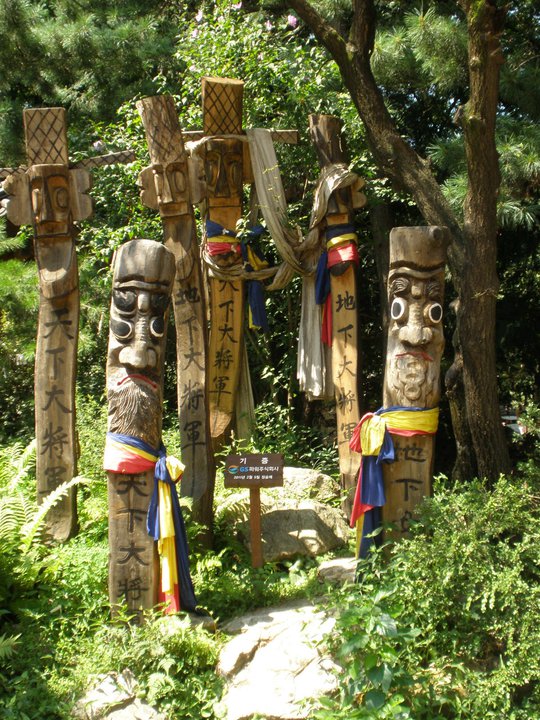
It’s very important to give the precise location of wherever you want to go. For example, it’s not enough to say “Yonsei University” in English. You need to be able to say “yonseidae haggyo” in Hangul as most taxi’s do not speak English. It’s possible to be caroused the long way to get the most money from you as the drivers know that you’re a foreigner and so will take the most indirect route to your destination in order to charge you more
The usual base price is W1700.


